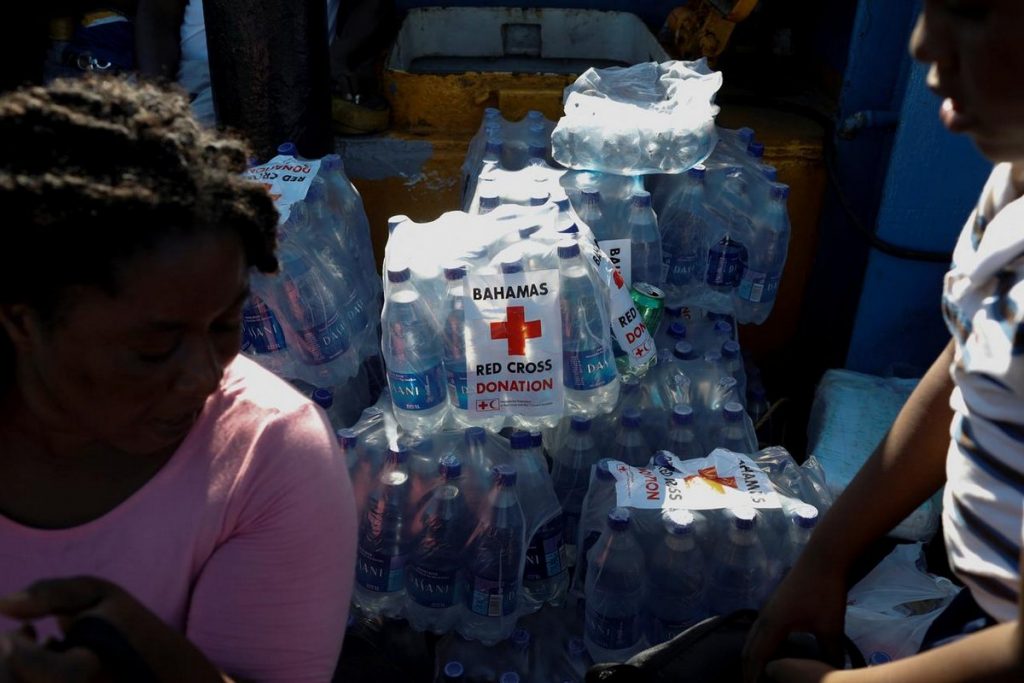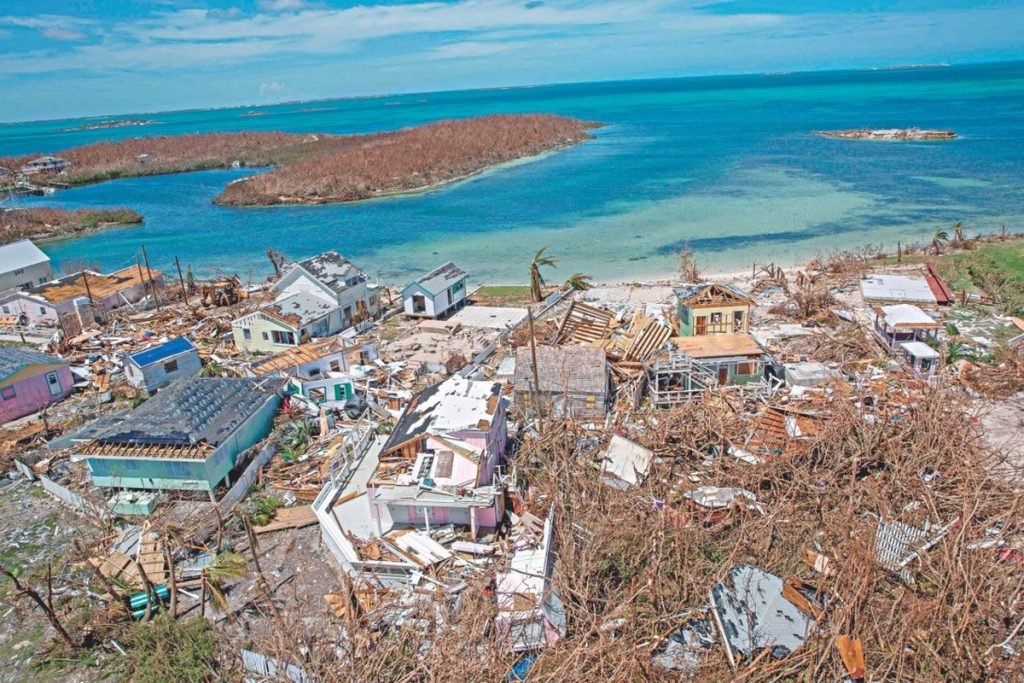Charities, government agencies and even cruise ships loaded with supplies and volunteers rushed emergency aid to the storm-ravaged Bahamas on Saturday amid fears of a “staggering” death toll left in the wake of Hurricane Dorian.

Bahamas leaders believe hundreds and perhaps thousands are missing in the archipelago nation of about 400,000 people, even as the official death toll rose only to 43 as of late on Friday.
Large swaths of the northern Bahamas were rendered wastelands by the storm, with homes pulverized, cars and boats thrown around like toys and the smell of death permeating the air in parts of Great Abaco Island, one of the hardest hit.
Evacuees from Great Abaco poured into the capital Nassau, and a cruise ship arrived in Palm Beach, Florida with some 1,100 people fleeing the destruction. Many of them faced uncertain futures.
The U.S. Coast Guard and Navy were shipping in relief supplies and had already rescued some 290 people from isolated areas in the islands hard-hit by the storm.
Hurricane Dorian, the most powerful hurricane on record to hit the Bahamas, parked itself over part of the archipelago for almost two days earlier this week, pummeling it with Category 5 winds, with some gusts topping 200 miles per hour (320 kph).
The most powerful hurricane on record to hit the Bahamas leveled some neighborhoods, swallowed others with storm surges and caused many deaths.
Dorian also devastated parts of the Outer Banks Islands in North Carolina, on Friday and it continued to push northward along the U.S. Atlantic coast on Saturday.
It brought tropical-storm-force winds to southeastern Massachusetts and Nantucket Island and Martha’s Vineyard on Saturday before charging on toward Canada at 29 mph (47 kph), according to an advisory from the Miami-based National Hurricane Center.

Dorian was located about 215 miles (350 km) southwest of Halifax, Nova Scotia, at 11 a.m. ET (1500 GMT), the NHC said.
It is expected to make landfall in Nova Scotia province on Saturday night with winds of about 85 mph (137 kph) and leave up to 7 inches of rain.
The United Nations estimated 70,000 people needed food, water, and shelter. The U.N. World Food Programme was airlifting storage units, generators, prefab offices, and satellite equipment as well as 8 metric tonnes of ready-to-eat meals.
The American Red Cross said it had committed an initial $2 million help the Bahamas recover from the hurricane, with food, water and shelter, and other necessities.
Near an area called The Mudd in Marsh Harbour, a commercial hub, a Reuters witness reported most houses leveled, the body of a man lying near the main street and dead dogs floating in the water. Some residents were leaving the area with meager possessions, while others were determined to remain.
Relief groups were focusing on getting doctors, nurses and medical supplies into the hardest-hit areas and helping survivors get food and safe drinking water.
The risk of outbreaks of diarrhea and waterborne diseases is high as drinking water may be tainted with sewage, according to the Pan American Health Organization, which described the situation for some people on Abaco island as “desperate.”
 Alghadeer TV Alghadeer TV
Alghadeer TV Alghadeer TV
